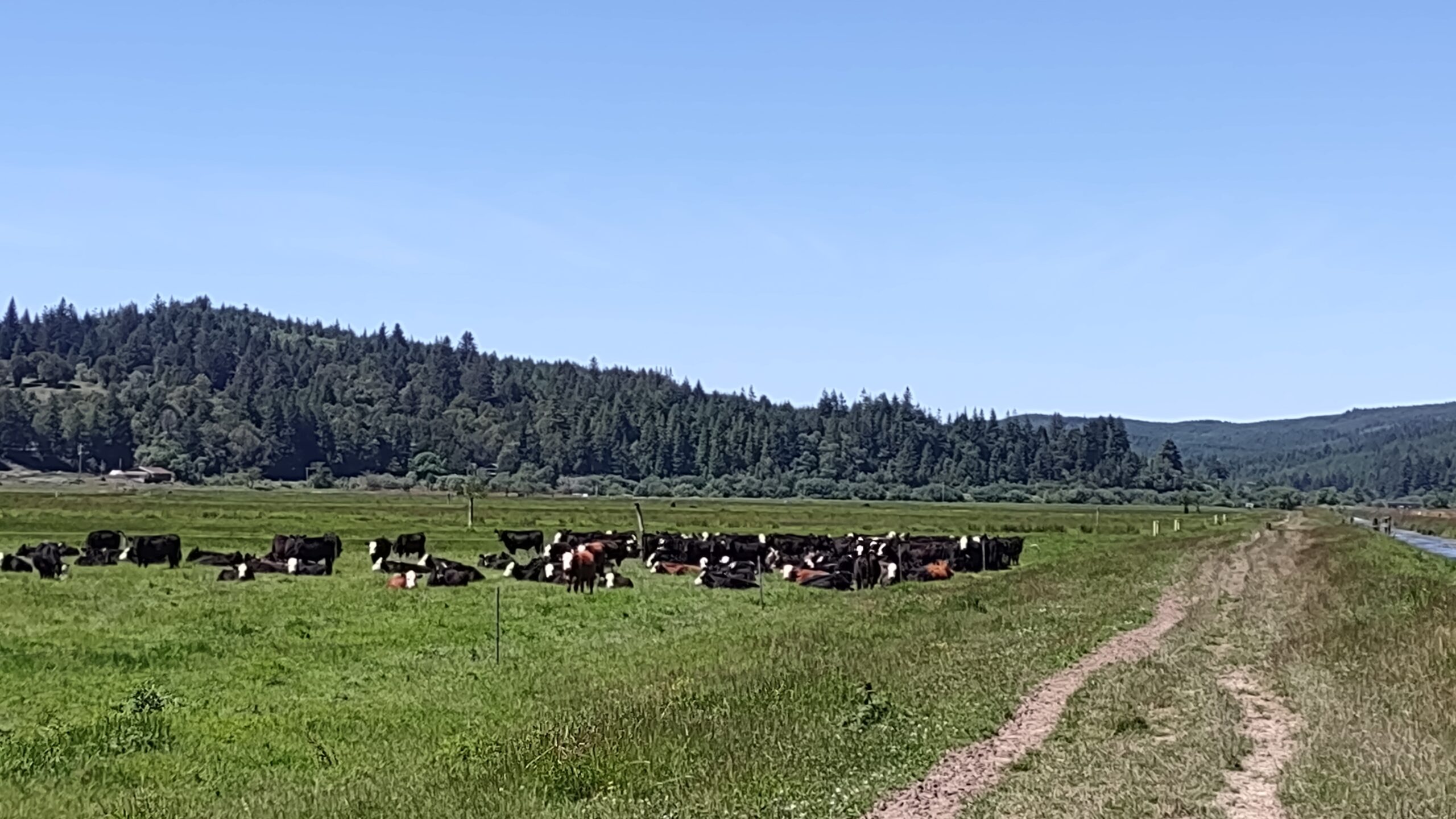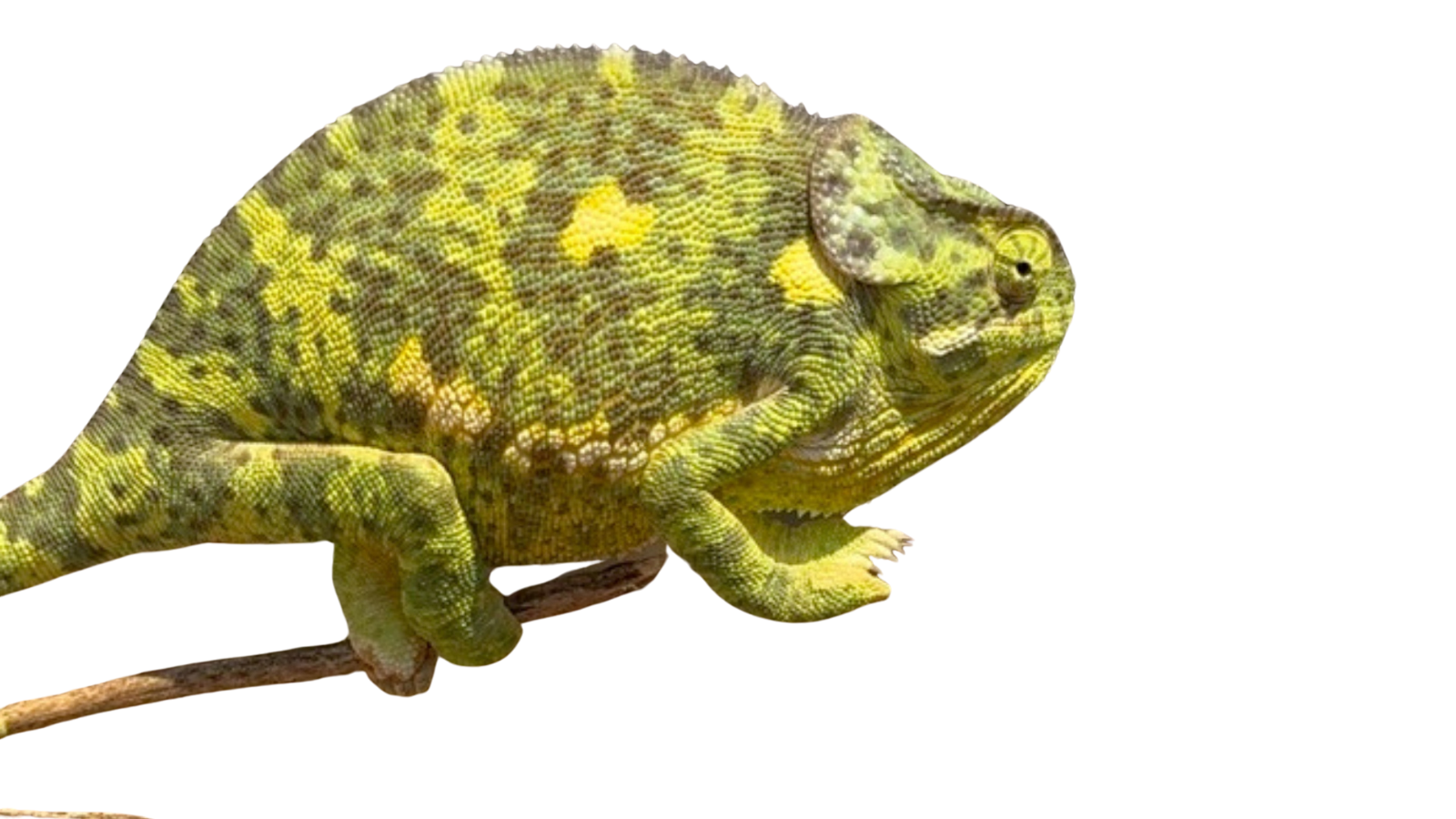
Last week I described how Bud and Eunice Williams got pretty nervous when I started talking about my passion for grass management. When I asked him why, Bud simply said, “Sometimes people will bring livestock back to a pasture at just the wrong time for the grass and it really knocks it. They would have been better off just turning the cattle out.”
‘Just turning them out,’ ‘set stocking’ or ‘continuous grazing,’ is a terrible evil to most eco-grazers. It had never occurred to me that set stocking could be better than the worst sort of cattle rotation. When I repeat Bud’s words to other starry-eyed eco-grazers, it is clear it had never occurred to them either. Then, when I started managing on my own, for the first few years I would always look across at my neighbor’s set stocked pastures, longingly.
We have 500 acres of pasture with five hundred head of finishing cattle. Next to that, we have ten acres of hill ground covered in grass, trees, and brush around the house. It has always been a little awkward to manage. It’s on the other side of the road and the fence has some dodgy spots (by which I mean, the fence doesn’t actually go around the whole thing), so I don’t want to bring 500 head of cattle up here. I definitely don’t want to come home after a day of messing with cattle and put up another poly fence. So this year I set out to set-stock it. Intelligently.
S.J. McNaughton wrote a paper, Ecology of a Grazing Ecosystem (McNaughton, 1985),that was the basis for my umpteen-part series on grazing in the Serengeti a few years ago. One thing McNaughton said in this paper stood out as practical advice for an intelligent set-stocker. McNaughton said that, in the Serengeti, as a general rule, when forage volume increased, more animals showed up to eat the grass. As a practical manager of grazing animals, this can’t be true everywhere over the whole year, and he talks about lots of exceptions to that rule. But I figured this seemingly obvious piece of advice is much better than any of the other cute sayings that we use in grazing management. For instance, I think that someone who is set stocked with a philosophy of “when then there’s more grass, add cattle; when there’s less grass, subtract cattle,” will do much better than someone rotationally grazing with the philosophy “when it grows fast move fast, when it grows slow move slow.” I think the second one is very poor advice.
While many of our set-stocked neighbor’s operations are real disasters, there is as much variation in set-stocked operations as in rotational operations. And if our neighbors are getting better gains than we are, if they have as many (or more) animals as we do, and if they have more species of plants than we do, they are probably doing a better job than we are. This is not to say that we need to be set stocked, I am about as far from set stocked as you can get. But this should be a wake-up call. We should get off our high horse and learn what we can from whoever is getting results, however they are getting them.
Next week I will lay out what I learned from this experiment and give a play-by-play of how this unfolded.
Savanna LLC All Rights Reserved | Brand & Design by Betterment Studio | Sitemap

